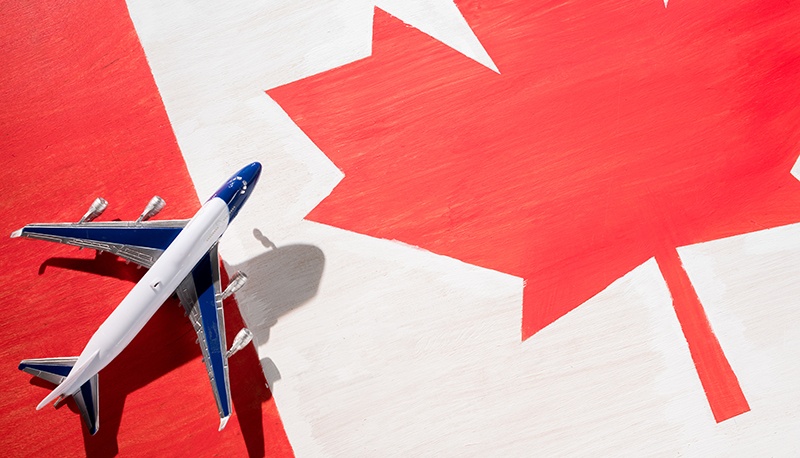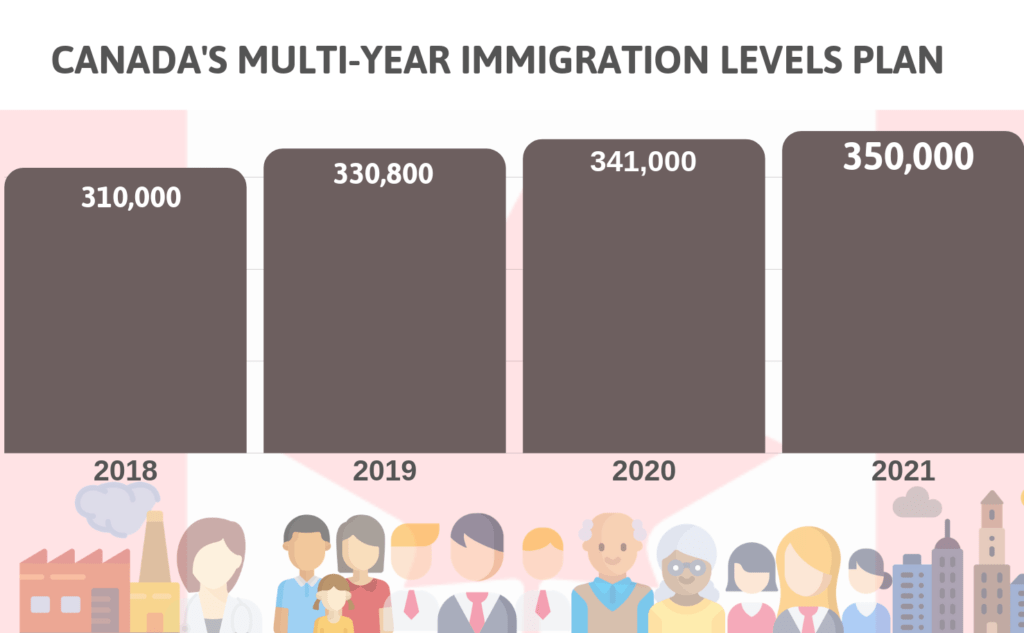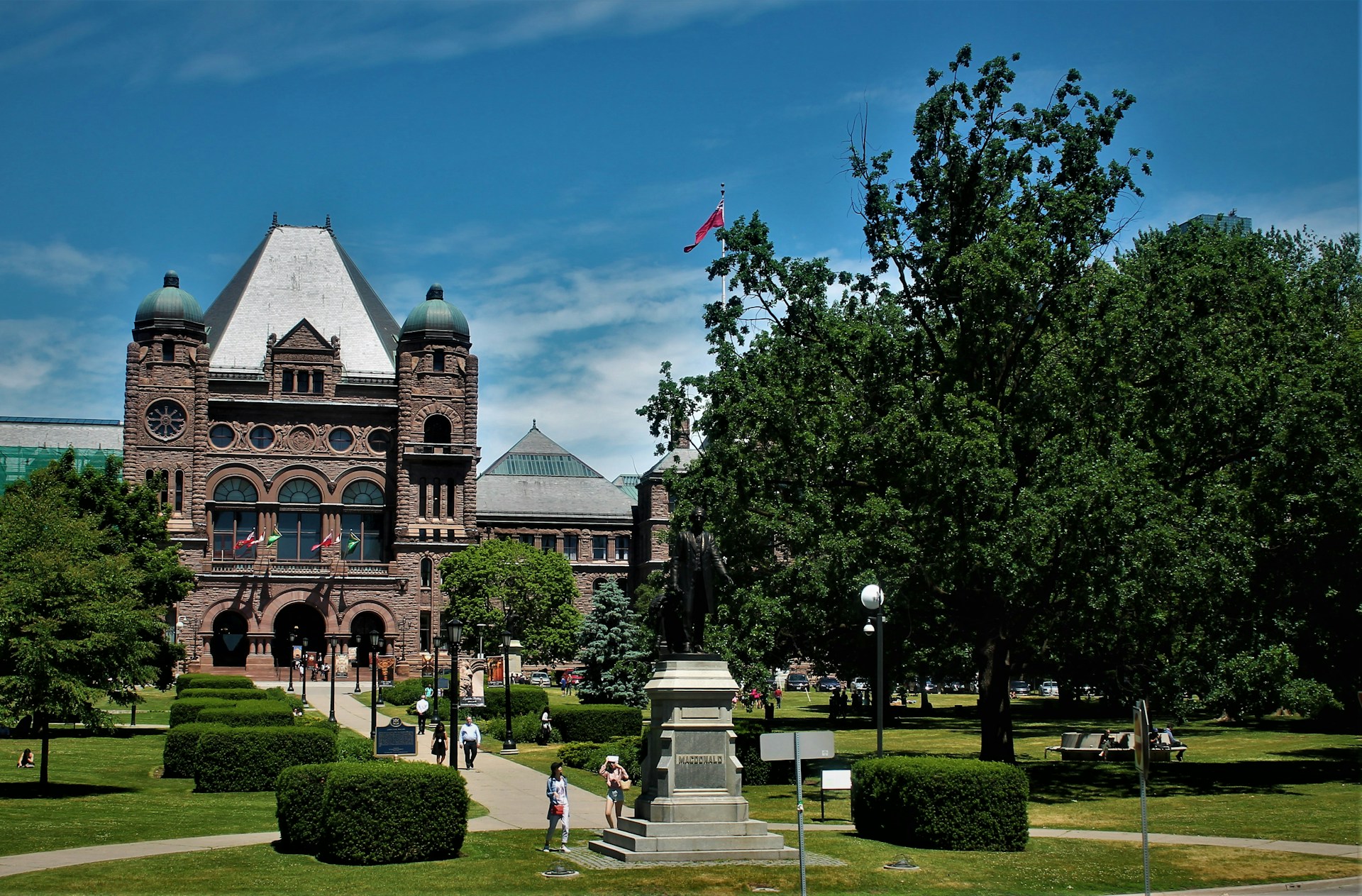
If the first month of 2019 was an indication that comes from the future, Canada should have no trouble in reaching your goal to get one million immigrants by the end of 2021.
In January, the Canadian government and the provinces across the country opened its doors to over 40,000 potential candidates through important economic immigration programs and family sponsorship.
Both economic immigration as family sponsorship are core components of the new plan of three years of immigration in Canada, whose new permanent residents in 2019 to 331,000 goal.
This number should increase to 341,000 in 2020 and reach 350,000 in 2021 – almost 1% of Canada’s population. A 1% rate of immigration is considered vital to ensure the continued growth of the workforce and the Canadian economy in the coming years.

Most of these newcomers is expected through the various economic immigration programs of Canada, namely those managed by Federal Express Entry System and the Provincial Program of Canada.
The Express Entry system is its main source of skilled foreign labor and streamlines applications for permanent residence immigration applicants with the skills necessary to integrate quickly to Canada’s labor market.
In January, the Express Entry system had the highest start ever, sending 11,150 invitations to apply for Canadian permanent residence.
Invitations are based on the score of the Comprehensive Ranking System (CRS) of the applicant, which considers factors such as age, education, work experience and proficiency in English or French.
The registration of ITA Express Entry January came soon after banner 2018 Express Entry system, which issued 89,800 invitations to apply for permanent residence throughout the year, most of all in its five year history.
In view of the higher goals of Canada intake for 2019 and 2020 for the three economic immigration programs managed by the Express Entry system, it is expected that a new record will be set this year .
The Provincial of Canada Program, or PNP, also contributed to the impressive numbers produced in January.
The PNP allows the provinces and participating territories indicate a set number of candidates of economic immigration for permanent residence.
Approximately 5,000 immigration applicants are invited to apply for a provincial nomination last month, through programs in Ontario, British Columbia, Manitoba, Saskatchewan, Nova Scotia and Prince Edward Island
Another major factor in January was the reopening of Parents and grandparents sponsorship of Canada (PGP) for new expressions of interest.
The Parents and grandparents sponsorship provides an opportunity for eligible Canadian citizens and permanent residents over 18 years old to sponsor their parents and grandparents for permanent residence in Canada.
The first step in the process is to fill an Interest Form to sponsor , the Immigration, Refugees and Citizenship Canada (IRCC) released on January 28, noting that it is in order of arrival.
The IRCC had a goal of 27,000 expressions of interest for the reopening of PGP, which sold out in minutes.
The next step in the process is to invite qualified sponsors interested to enroll in the program. The IRCC will issue invitations in the order in which the forms of interest to sponsor were received.
Family reunification is a cornerstone of Canada’s immigration program. As the IRCC noted in his report to Parliament in 2018, “family reunification plays an essential role in the attraction, retention and integration of newcomers so they can build successful lives in Canada.”
Canada cares about the welfare of the people, knowing that it is through him that clearly happy people with all the family around, produce more for the country.






